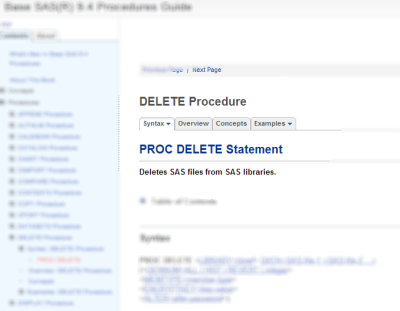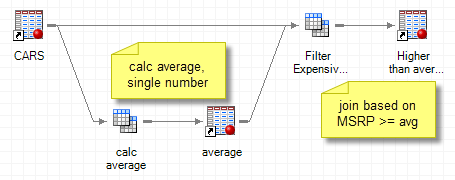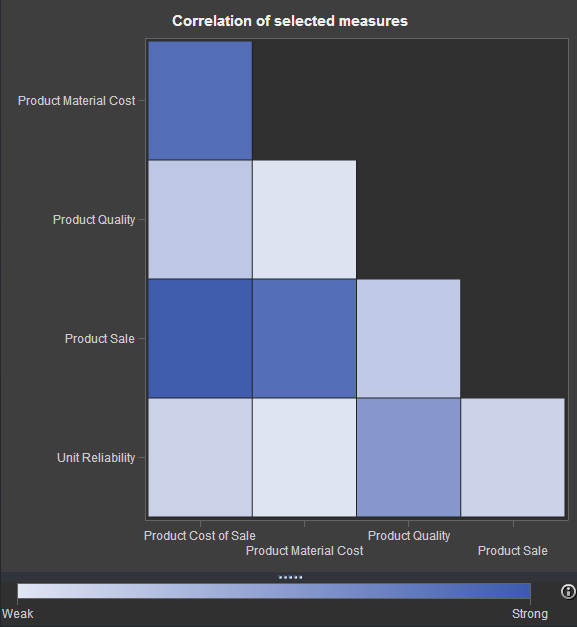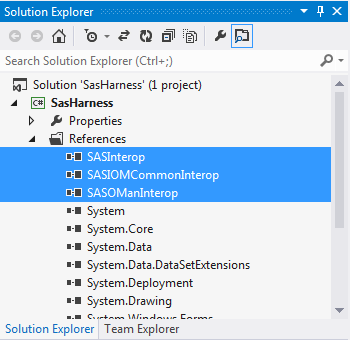The SAS Dummy
A SAS® blog for the rest of us
Previously I've described how you can use SAS Enterprise Guide to send an e-mail message using Gmail as your e-mail provider. In the article, I mentioned that you can also write SAS programs that send e-mail messages, but at the time you could not reach Gmail using the FILENAME EMAIL

The DELETE procedure is probably the most well-known and most-used SAS procedure that isn't actually documented or officially supported. That is, that was the case before the release of SAS 9.4, when PROC DELETE returns with more features than ever -- including a production-quality status. In his SAS Global Forum

When I work on SAS projects that create lots of files as results, it's often a requirement that those files be organized in a certain folder structure. The exact structure depends on the project, but here's an example: /results |__ html |__ images |__ xls |__ data Before you can

Many SAS Enterprise Guide users practically live in the Query Builder. For those who understand their data tables, the Query Builder provides a tremendous amount of flexibility to pull and manipulate data. The Query Builder produces SQL programs behind the scenes, which translates well for database-centric work. Sometimes a complex

If you've watched any of the demos for SAS Visual Analytics (or even tried it yourself!), you have probably seen this nifty exploration of multiple measures. It's a way to look at how multiple measures are correlated with one another, using a diagonal heat map chart. The "stronger" the color

As part of my follow-up to SAS Global Forum 2013, I've posted a few articles about how to create your own client apps with SAS Integration Technologies. This article shows how to use Microsoft .NET -- the same approach used for SAS Enterprise Guide and SAS Add-In for Microsoft Office
